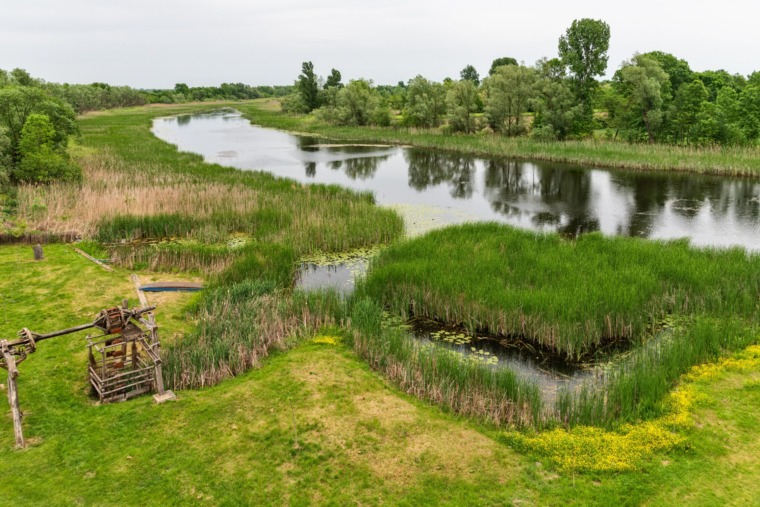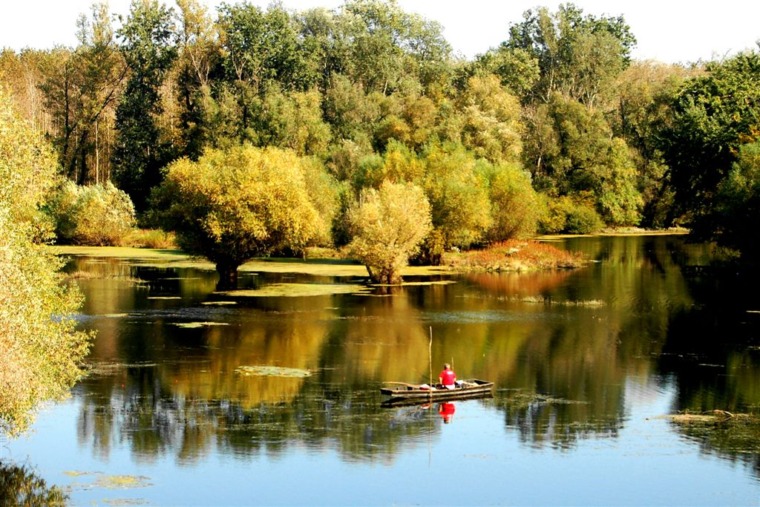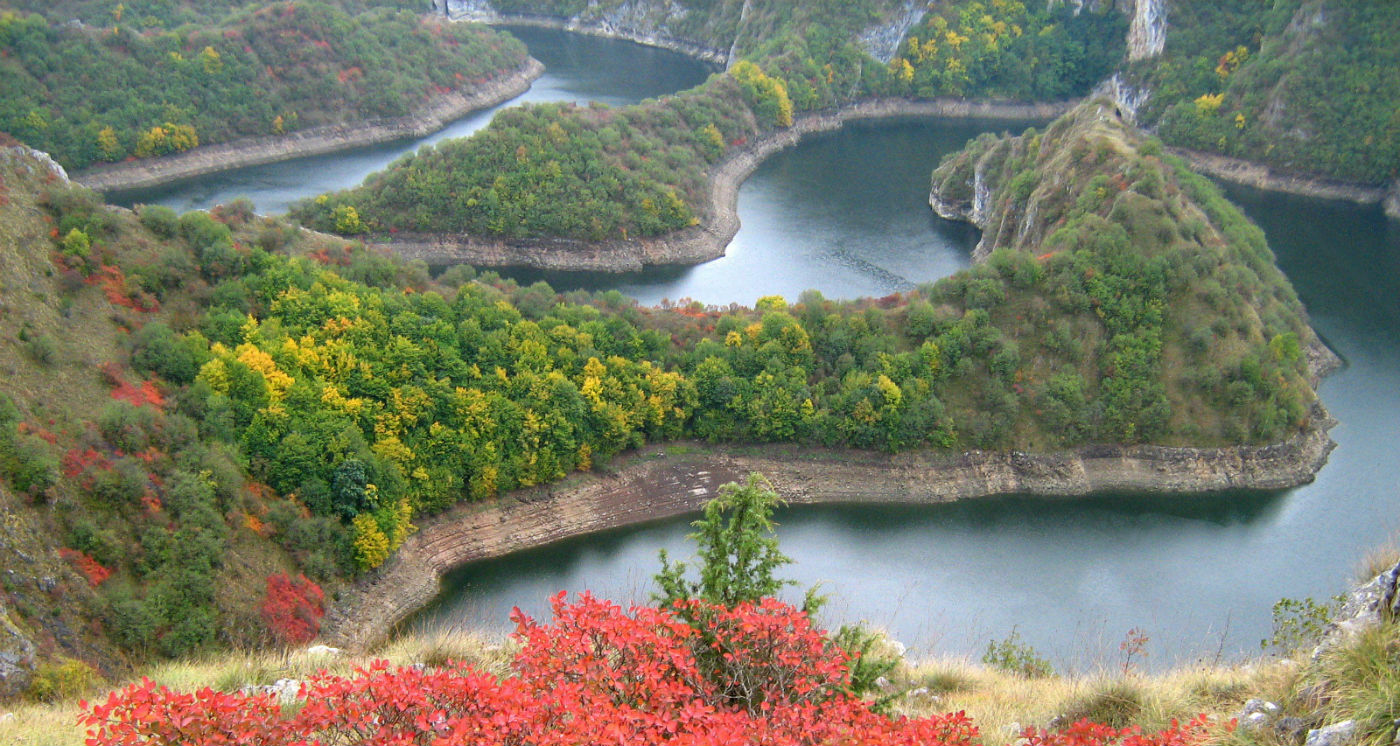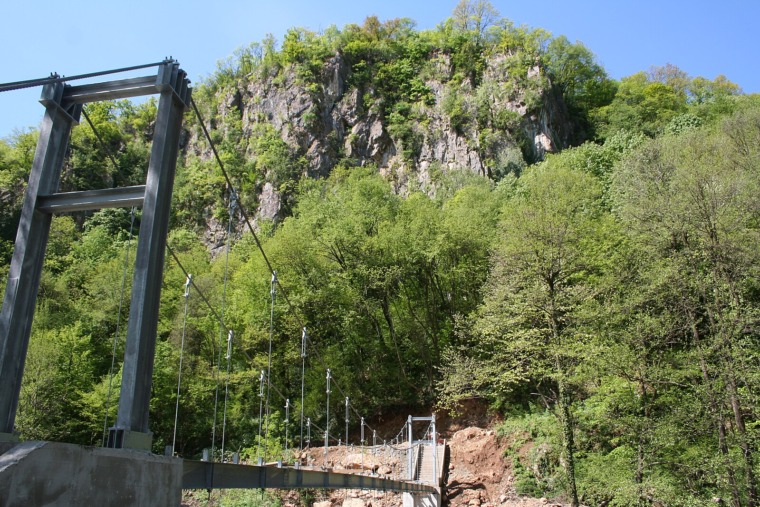Romantic and melancholic dance of life and death in only 3 hour long performance of insects Palingenia longicauda, also known as Tisza mayfly, gathers hundreds of visitors every June on the river Tisza near the exit of Kanjiža towards Horgoš.
This unique nature’s European phenomena can only be seen on Tisza river in Serbia and Hungary.
At dusk when June’s afternoon sun makes Tisza blush under its warm rays, after three years of peaceful slumber in the depths of the river, white larvae of the insect Tisza mayfly wake up and turn to graceful beings with silk-like wings who dance their love dance, life dance, on the glacial surfaces of Tisza, where they create the next generation of larvae and then succumb to their deaths.
Palingenia longicauda is a unique species of aquatic insects (Ephemeroptera) whose larvae live for 3 years in river flora and then at the end of spring and in the beginning of summertime, depending on the water level and water temperature, spring out to the river’s surface. In the whirl of clumsy flying insects mate, and then first the male of the species dies, followed right after by the female, whose life is prolonged only for the laying of the eggs on river surface.
The Cause of Disappearance of the Tisza Mayfly from European Rivers
One century ago, aquatic insect Palingenia longicauda bloomed in many river plains in Europe. What caused its disappearance? Ecologists claim that the combination of heavy industry’s polluted waters and constructions on riverbanks destroyed the natural ecosystems of these insects’ larvae. After the closing of numerous factories from periods of communism, in the early 90ies of the 20th century, European rivers were cleansed considerably, so there are even some ecological projects whose goal is to return the Tisza mayfly to those rivers by inserting eggs taken out of Tisza, and restoring them to their former glory.
During its short spanned life Tisza mayfly does not feed, but fills its intestines with air instead which makes it easier to resurface and fly. It remains hidden in the skin which it later sheds when resurfaces, but since they are poor fliers, its flight cannot be perceived as precise, but rather clumsy and surface-bound.
Tisza mayfly measures around 5 inches long from head to tail, and the spread of its wings (of which the front ones are considerably larger than the back ones) measures up to 2-3 inches.
This natural spectacle residents named “the blooming of Tisza” and are enjoying it every year. Older residents of this plain even know how to pinpoint the exact day when will the largest number of these aquatic critters cover the surface of Tisza, so in the last few years they have more and more guests from the abroad who come to witness this natural phenomena that can only be seen on Tisza.
This short display of creatures’ life cycle grasps the attention of the viewers for years, bringing joy as well as sorrow upon their faces, and it’s making Vojvodina famous for this gentle insect which only has a day to live.
Foto: Wikimedia Commons, Derzsi Elekes Andor under the Creative Commons Attribution-Share Alike 3.0 Unported license.
Related Articles

Zasavica: A Peaceful Nature Retreat by the River
November 1, 2025
Carska Bara – The Imperial Wetland of Vojvodina
September 17, 2025
















